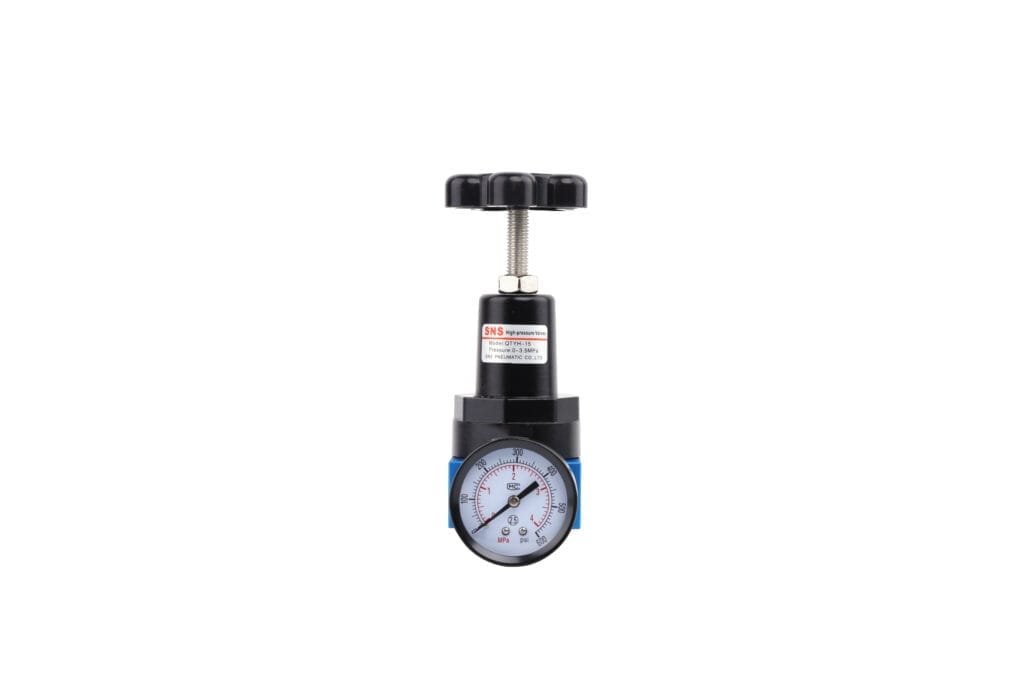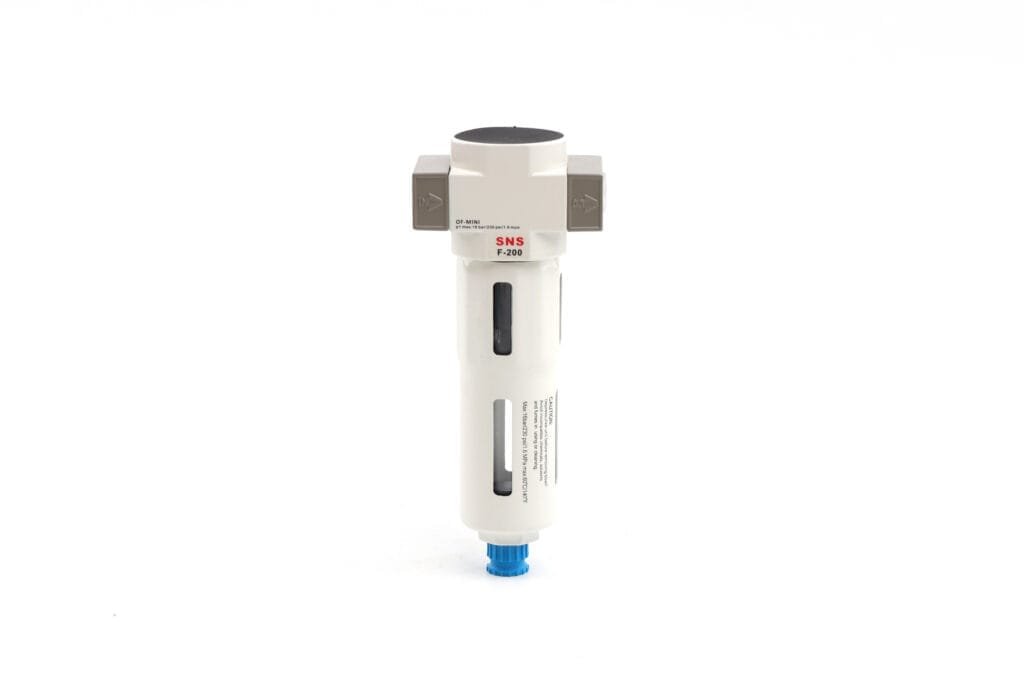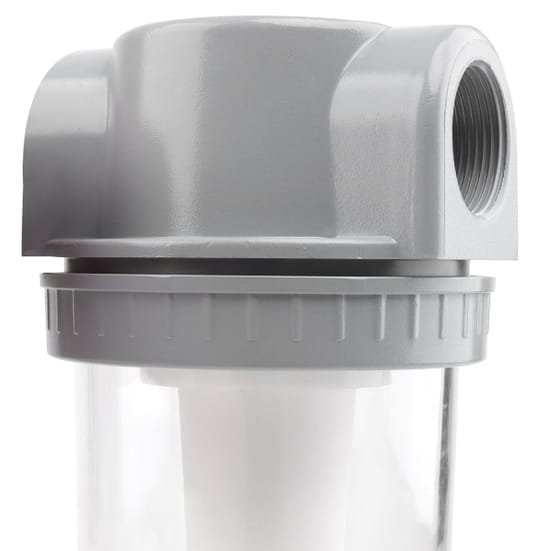How Do You Size An Air Pressure Regulator
Selecting the appropriate air pressure regulator size is a critical step in ensuring system efficiency and longevity. This guide will explore key factors such as pressure requirements, flow rates, and environmental conditions to help you make an informed decision.
How Do I Know What Size Regulator I Need
When sizing an air pressure regulator, you must consider several critical factors. Input and output pressures, alongside the required flow rate, directly affect your choice, while temperature and fluid type further refine it. Understanding these elements ensures you select a regulator that meets your system’s demands effectively.
Input Pressure
This requirement directly influences the device’s efficiency and functionality. Input pressure, essentially the force exerted on the regulator, varies based on the design of your system and the source of pressure. Knowing this range is crucial because it ensures that the chosen regulator can withstand the highest pressure without sustaining damage and can efficiently regulate at lower pressures.
Fluctuations in input pressure over time should also be a consideration. Systems experiencing significant variations need regulators capable of adjusting to these changes while maintaining stable output. Opting for a regulator without considering these fluctuations may result in performance issues, jeopardizing the reliability of the entire system.

Output Pressure
This pressure, the one required at the point of use—whether that’s a tool or another application—determines how well the regulator can maintain consistent performance. The goal isn’t just to meet the minimum necessary pressure; it’s about ensuring the regulator can adapt to changes in demand without losing stability.
To determine the correct size for your regulator, you need to know the highest output pressure your application will require. Selecting a regulator whose maximum output pressure matches your needs closely will help avoid issues like underperformance or undue stress on your system. This approach promotes efficiency and dependability in your operations.
Calculate The Required Flow Rate
To calculate the correct flow rate for your air pressure regulator, start by examining the tools or applications it will service. Each device demands a specific flow rate, typically noted in cubic feet per minute (CFM) or liters per minute (LPM).
Consider the instances of peak demand next. Operations don’t maintain a constant pace; there are times when a higher flow rate is necessary to keep everything running smoothly.
Additionally, the size and length of your supply line play a crucial role. Longer lines and smaller diameters can lead to reduced flow rates because of friction losses.
Temperature
Temperature plays a pivotal role in determining the correct size for your air pressure regulator. This factor is critical because it directly influences air density and, as a result, the flow rates through the system.
When dealing with warmer air, you’ll observe that it tends to expand. This expansion leads to a decrease in air density, necessitating a regulator capable of managing increased flow rates without losing efficiency. On the other hand, cooler air behaves differently. It contracts, leading to an increase in air density. This condition requires a regulator designed to handle these denser conditions effectively, ensuring the system operates smoothly.
Neglecting to account for how temperature variations can alter air density and flow rates might result in selecting a regulator that’s not fit for purpose. This misstep can either lead to underperformance or exert undue stress on your system.
Fluid Type
For starters, viscosity is a key factor. Gases, which are less viscous, generally work well with regulators that have smaller passages. This is because these fluids can flow easily without needing much space. On the other hand, heavier oils, being more viscous, require regulators with larger passages. This ensures that the fluid can move through without too much resistance, preventing any unnecessary pressure drops or flow restrictions.
Another crucial consideration is the fluid’s corrosiveness. Fluids that tend to corrode need regulators made from materials that can withstand such harsh conditions. This choice not only affects the size of the regulator but also its overall design and construction. Selecting a material that can resist corrosion ensures the regulator’s longevity and maintains its efficiency over time.
Finally, the compatibility of the fluid with the regulator’s materials cannot be overlooked. Ensuring that the fluid will not cause premature wear or damage to the regulator is essential for its long-term functionality. This compatibility ensures that the regulator will continue to operate efficiently, without the risk of unexpected failures or maintenance issues.

Faqs
How Do I Know If My Air Pressure Regulator Is Too Small For My Application?
Determining if your air pressure regulator is too small for your specific needs is crucial for maintaining system efficiency and performance. Observing frequent pressure drops or suboptimal equipment operation are strong signs that the regulator may not be adequately sized.
Another indication of a potentially undersized regulator is an unusually high operating temperature or excessive noise during operation. These signs suggest that the regulator is working beyond its capacity, which can accelerate wear and tear, possibly shortening its lifespan.
Can I Adjust An Existing Regulator To Fit New System Requirements, Or Do I Need To Size A New One?
When determining whether to adjust an existing air pressure regulator or to opt for a new one to meet updated system requirements, it’s crucial to understand the capabilities of your current regulator. If the regulator can be adjusted within its designed capacity range to align with the new demands, then a replacement might not be necessary. This adjustment could involve tweaking the flow rate, pressure settings, or ensuring compatibility with new system components.
However, when the new requirements surpass what your existing regulator can handle, it’s time to consider sizing a new one. Key factors such as increased flow rate demands, higher pressure settings, or different connectivity options are critical indicators that your current regulator won’t suffice.
Assessing your regulator’s specifications against your new system needs is a vital step in this process. This comparison will help you decide whether an adjustment is feasible or if investing in a new regulator is the smarter choice. Opting for a new regulator is often the best way to guarantee that your system operates with optimal efficiency and safety, given the new conditions.
What’s The Difference Between Direct-Operated And Pilot-Operated Regulators, And How Does It Affect Sizing?
Direct-operated regulators respond directly to changes in incoming pressure. This response comes through the action of the pressure on a diaphragm or piston, which then regulates the outlet pressure. Their design is straightforward, making them a go-to choice for systems that don’t demand high flow rates. They shine in settings where simplicity and quick response are valued.
Pilot-operated regulators, in contrast, bring an additional layer of control into the equation. They rely on an external pilot line to guide the main valve’s operation. This setup excels in environments where precision matters ?think high-flow scenarios or situations with variable pressures. The pilot-operated design offers a level of stability and accuracy that’s hard to match with direct-operated models.
When sizing a regulator, the decision between these two types hinges on your system’s specific requirements. For compact systems or those with modest flow needs, the smaller, more straightforward direct-operated regulators are often sufficient. However, for more complex applications demanding greater flow rates or stability, the larger, more sophisticated pilot-operated regulators are generally the better fit.

How Do Fluctuations In Supply Pressure Affect The Sizing Of An Air Pressure Regulator?
A regulator that is too small may struggle with high supply pressures, causing performance issues. This scenario often results in inconsistent output pressures, which can affect the operation of pneumatic tools or processes relying on steady air pressure. On the other hand, opting for a regulator that is too large for your needs can lead to inefficiencies and unnecessary expense. Larger regulators may not operate as effectively at lower pressures, and their cost – both in terms of purchase price and operation – may not justify their performance in your specific application.
Is It Better To Oversize Or Undersize An Air Pressure Regulator If Uncertain?
Choosing the right size for an air pressure regulator can be a tricky decision if you’re not exactly sure of your system’s requirements. Opting for a slightly larger regulator is often the better choice. This approach ensures that your system can handle higher flows smoothly, maintaining efficiency and reliability.
On the other hand, a regulator that’s too small can lead to problems. Inadequate pressure control might cause fluctuations and even damage your equipment. It may seem less intuitive, but a larger regulator has extra capacity. This extra space can handle unexpected increases in demand or variations in supply pressure, acting as a safety net for your operations.
How Often Should I Reassess The Sizing Of My Air Pressure Regulator?
Assessing the sizing of your air pressure regulator regularly is a key step in ensuring your system operates at peak performance. Aim to review the sizing annually or when your system undergoes notable changes in demand or configuration. This approach helps in keeping your regulator aligned with your system’s needs, avoiding issues like inadequate pressure control or inefficiencies due to improper sizing.
If your system starts showing inconsistent performance or if the regulator shows wear, it’s time for another sizing assessment. Monitoring these indicators closely aids in maintaining an efficient compressed air system, saving time and resources down the line. Staying ahead with proactive sizing adjustments is a smart move for any operation.
Can Environmental Conditions Affect The Size Of The Air Pressure Regulator I Need?
The impact of environmental conditions on the size of an air pressure regulator cannot be overstated. Key environmental factors such as temperature, humidity, and altitude play a significant role in determining the optimal size for your regulator to ensure it operates efficiently and reliably.
Temperature variations have a direct impact on air volume. In hot conditions, air expands, necessitating a larger regulator to accommodate the increased volume. On the other hand, cold conditions can compress air, which might suggest a need for a smaller regulator. However, cold environments also introduce the challenge of moisture condensation, requiring careful consideration for moisture removal capabilities in your regulator choice.
Humidity levels add another layer of complexity. The presence of moisture in the air can affect the internal components of a regulator. In environments with high humidity, it may be necessary to adjust the size of the regulator or incorporate moisture control mechanisms to protect the device and ensure its proper function.
Altitude affects air density, with higher elevations characterized by thinner air. This change in air density can influence how a regulator performs and may alter the size requirements to maintain efficient operation.
Selecting the right size air pressure regulator involves understanding these environmental influences and adapting your choice to ensure the device is neither overburdened by excess volume nor underutilized due to insufficient demand. This careful consideration guarantees the longevity and reliability of your air pressure regulation system.

Where Can I Find Manufacturer Sizing Charts And Tools For Air Pressure Regulators?
For those in need of finding the correct air pressure regulators, the journey to locating the right sizing charts and tools is straightforward. Begin by visiting the websites of leading air pressure regulator manufacturers. These sites are rich in resources, including detailed sizing charts and calculators designed to help you pinpoint the perfect regulator for your needs. Look for these tools within the sections dedicated to product information or technical support.
If you need more personalized guidance, don’t hesitate to reach out to the customer service lines provided by manufacturers. Here, you can converse with specialists who can walk you through the sizing process, ensuring you select the most suitable air pressure regulator for your application.
Additionally, tapping into industry forums and professional networking platforms can be incredibly beneficial. These spaces are where industry peers and experts frequently exchange advice and recommendations. Engaging in these forums allows you to gain insights and advice that can further inform your decision-making process.
Conclusion
In summary, the proper sizing of an air pressure regulator is essential for ensuring optimal performance and efficiency in any setup.
To ensure you select the ideal regulator for your needs, thoroughly evaluate your system’s requirements. Don’t hesitate to consult with a professional or refer to FAQs for guidance.


